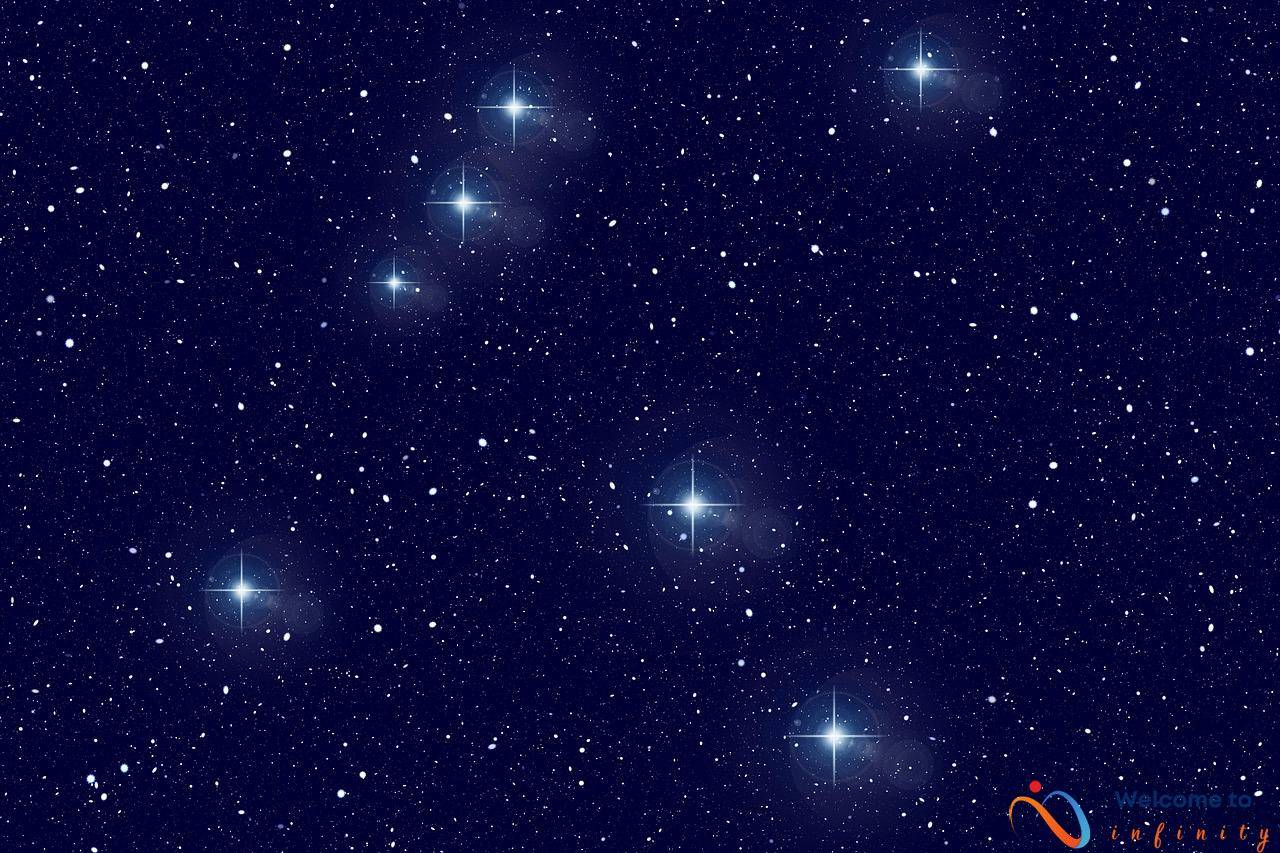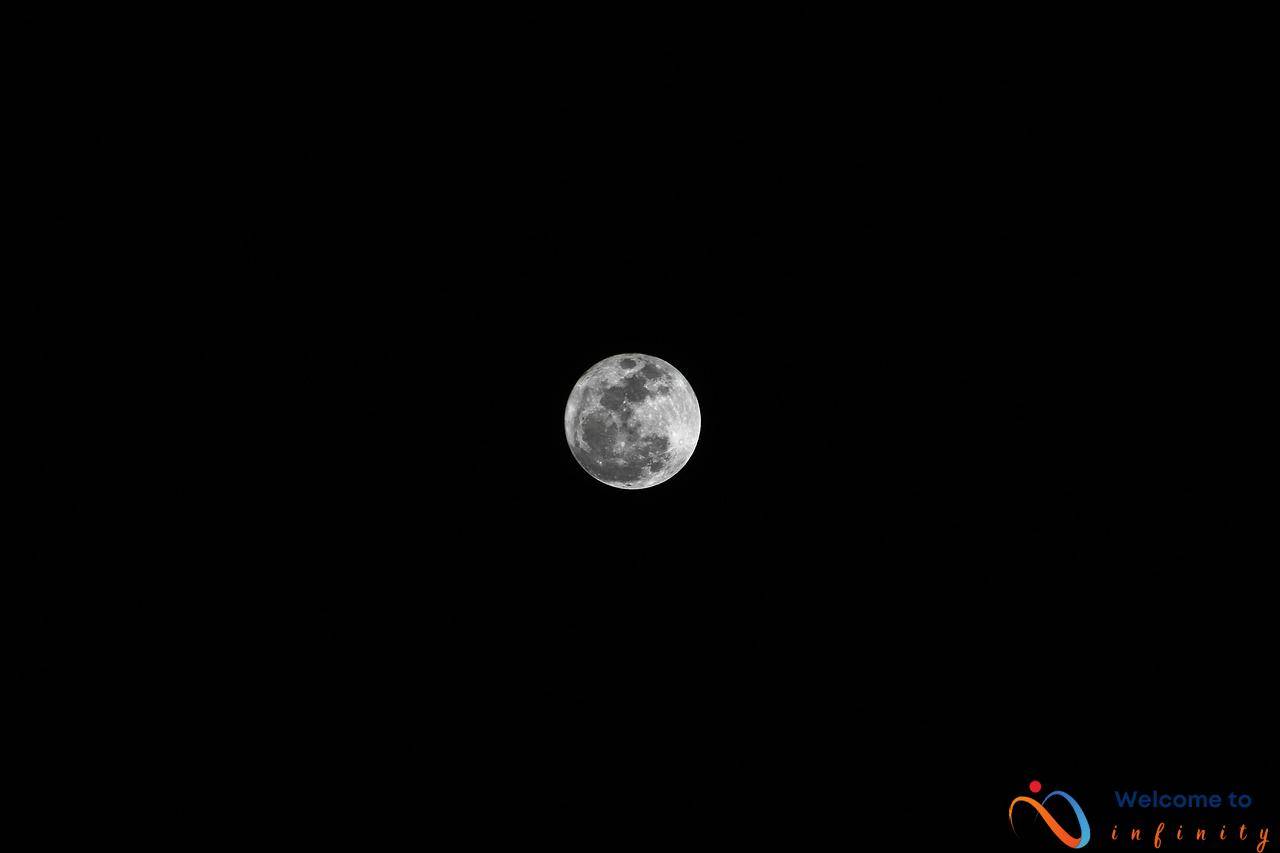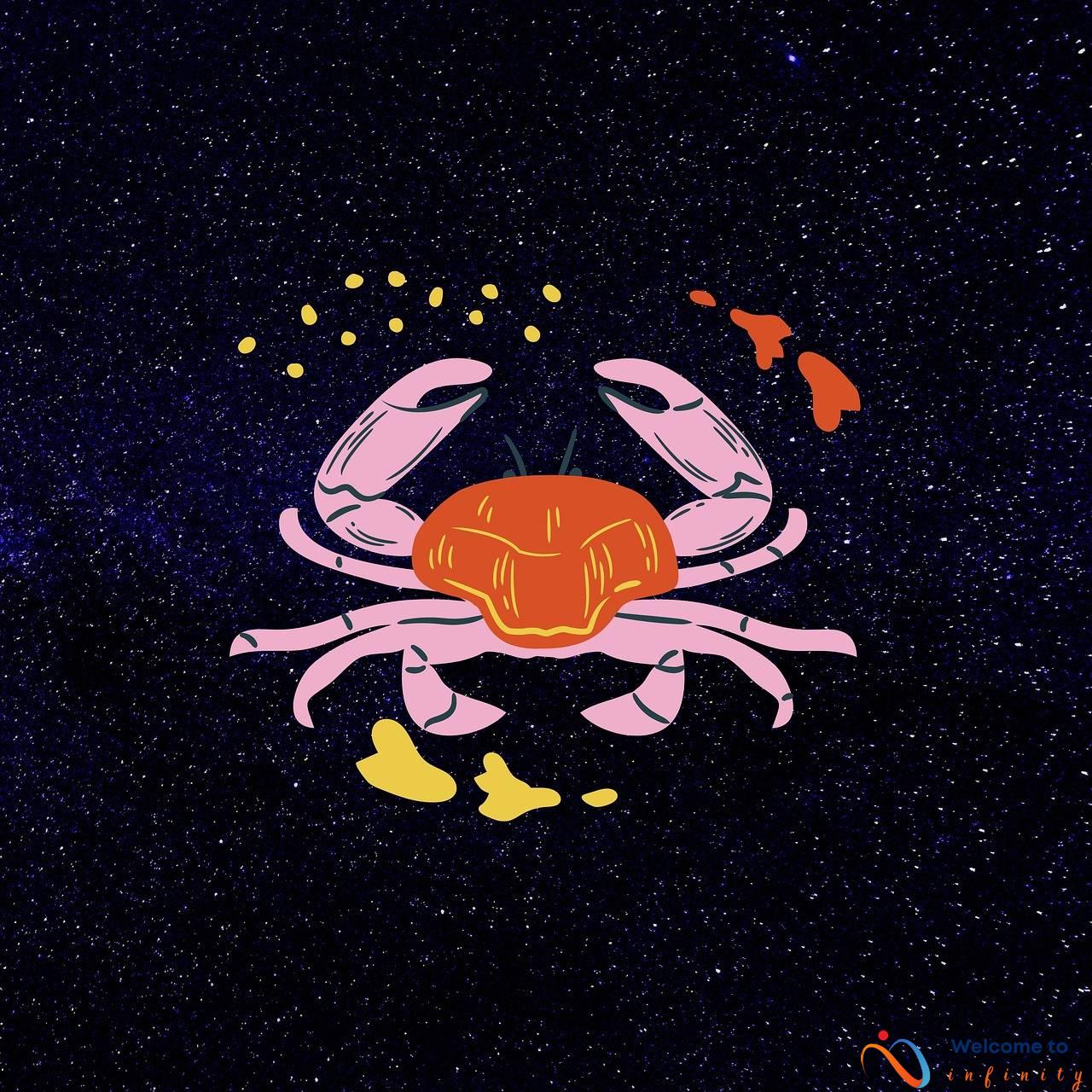The solar system is home to eight planets, each with its unique characteristics. Four of these planets belong to the category of gas giants, which engulfs most of the space in the solar system. The largest planet in the solar system is Jupiter, with a diameter of around 86,881 miles, more than double of all other planets combined. Jupiter is followed by saturn, Uranus, and Neptune in size and mass. These gas giants are distinct from terrestrial planets such as Earth, Mars, Venus, and Mercury as they lack solid surfaces, have a thick atmosphere, and possess a large number of moons.
Jupiter, the largest planet in the solar system, is known for its spectacular storms and a strong magnetic field. It has at least 79 moons, of which the four largest are Io, Europa, Ganymede, and Callisto. Europa, one of the most exciting moons of Jupiter, may have an ocean underneath the icy surface, which could potentially support life. Saturn, on the other hand, is the second-largest planet in the solar system, has a diameter of about 72,367 miles, and is known for its famous rings.
The third-largest planet in the solar system, Uranus, is around 31,518 miles in diameter. Uranus is the most tilted planet and rotates almost horizontally rather than vertically. The extreme tilt of Uranus also produces extreme seasons that last for 21 years. Lastly, Neptune, which has a diameter of around 30,599 miles, is known for its supersonic winds, the strongest in the solar system. Neptune also has a massive storm called the Great Dark Spot, resembling Jupiter's Great Red Spot.
In conclusion, the gas giants, with Jupiter being the largest, are unique in their own way. Their massive size, atmosphere, and magnetic fields have always fascinated astronomers, scientists, and researchers. With new technology and advanced space exploration missions, human understanding of these planets is constantly evolving, and the discoveries of their hidden secrets and mysteries are always awaited with bated breath.
Jupiter
Jupiter is the largest planet in our solar system and is named after the king of the Roman gods. With a diameter of approximately 86,881 miles, Jupiter is so massive that it's almost twice the size of all the other planets in our solar system combined.
In addition to its size, Jupiter is also known for having the most extensive planetary system of moons in our solar system. As of 2021, scientists have identified at least 79 moons orbiting around Jupiter, with the four largest being Io, Europa, Ganymede, and Callisto.
Another fascinating feature of Jupiter is its strong magnetic field, which is 20,000 times stronger than Earth's. This magnetic field is so powerful that it can create intense auroras around Jupiter's poles, similar to what we can also see on Earth.
Jupiter is also a gas giant planet, meaning that its outer layer is composed of layers of gas and liquid, such as hydrogen, helium, and methane. Because of its massive size, Jupiter's gravitational force is also significant, causing it to have a significant influence on the other planets in our solar system.
In conclusion, Jupiter is undoubtedly one of the most intriguing planets in our solar system, with its massive size, extensive moon system, strong magnetic field, and significant gravitational force. It is a testament to the wonder and complexity of our universe that continues to surprise and amaze us.
Saturn
Saturn is the sixth planet from the sun and the second-largest planet in the solar system, with an average diameter of 72,367 miles. It is known for its iconic rings that consist of ice particles, rocks, and dust, which can be viewed from Earth with a small telescope or binoculars.
The ring system of Saturn extends up to 175,000 miles from the planet's center, but it is relatively thin, measuring only about 0.6 miles thick. The rings are made up of many small, individual pieces that are orbiting around the planet.
These pieces range in size from tiny dust particles to large boulders and are continuously colliding with each other, causing them to break apart and form new rings. Due to its unique ring system, Saturn has been nicknamed the “Jewel of the Solar System”.
- In addition to its stunning rings, Saturn has at least 62 confirmed moons, with dozens more awaiting confirmation.
- Titan, Saturn's largest moon, is the only moon in the solar system with a thick atmosphere, and it is also the second-largest moon in the solar system after Jupiter's Ganymede.
| Planet | Diameter (Miles) |
|---|---|
| Jupiter | 86,881 |
| Saturn | 72,367 |
| Uranus | 31,518 |
| Neptune | 30,599 |
Overall, Saturn is a fascinating planet with unique features that have captivated astronomers for centuries. Its ring system is unlike anything seen on any other planet in the solar system, and its many moons continue to offer exciting discoveries and research opportunities for scientists.
Uranus
Uranus is an interesting planet that has unique characteristics in the solar system. As the third-largest planet in the solar system, Uranus has a diameter of around 31,518 miles, making it slightly smaller than Neptune but larger than Earth.
What sets Uranus apart is its unusual tilt, causing it to spin almost horizontally on its axis rather than vertically like other planets in the solar system. This tilt, combined with the planet's extreme distance from the Sun, has resulted in extreme seasons that last for 21 years each.
Due to its unique tilt, Uranus also has an unusual magnetic field that is significantly different from other planets. Uranus' magnetic field is tilted almost 60 degrees from its axis, which means that the field is off-centered and its magnetic poles are located close to the planet's equator.
Aside from its unique tilt, Uranus has many interesting features to explore. The planet has at least 27 known moons, with some reaching up to 500 km in diameter. Each of these moons has its own unique features and characteristics, providing astronomers with an exciting opportunity to explore the complexities of the outer solar system.
In conclusion, Uranus plays a significant role in the solar system with its unique tilt and unusual magnetic field. Exploring the planet's characteristics has led to exciting discoveries about its moons, atmosphere, and density, contributing to our overall understanding of the universe.
Neptune
Neptune is not only the fourth-largest planet in the solar system with a diameter of around 30,599 miles, but also the windiest planet in the solar system. Its winds can reach supersonic speeds of up to 1,300 miles per hour, creating massive storms and chaotic weather patterns on the planet.
One of Neptune's most well-known storms is the Great Dark Spot, which is similar to Jupiter's Great Red Spot. However, it is not as stable as Jupiter's storm and can disappear and reappear in different locations. The planet's extreme weather conditions also create smaller storms and cloud formations that constantly change appearance and location.
Neptune's winds and storms are caused by its distance from the sun and its rotation on its axis. It takes Neptune around 164.8 Earth years to complete one orbit around the sun, and one day on Neptune is only 16 hours and 6 minutes long. Its axis is also tilted at an angle of 28.32 degrees, causing it to experience extreme seasons and affecting its weather patterns.
In addition to its windy conditions, Neptune also has 14 known moons and six rings made up of dust particles and rocks. Its largest moon is Triton, which is believed to be a captured Kuiper Belt object and has an active volcanic surface. With its unique features and extreme weather, Neptune is truly a fascinating planet to study and explore.
Jupiter's Moons
Jupiter, the largest planet in the solar system, has at least 79 moons, varying in size and shape. Among these celestial bodies, the four largest are Io, Europa, Ganymede, and Callisto, famously known as the Galilean moons. These four moons were discovered by Galileo Galilei in 1610, making it one of the most significant discoveries in astronomy history.
Io, the closest Galilean moon to Jupiter, is known for its volcanic activity, with over 400 active volcanoes recorded. Europa, the smallest Galilean moon, is believed to have a subsurface ocean, making it a prime target for future exploration missions. Ganymede, the largest moon in the solar system, is even bigger than the planet Mercury and has its magnetic field. Callisto, on the other hand, is the outermost of the Galilean moons and is the most heavily cratered object in the solar system.
Scientists continue to study these moons and their unique features to gain a better understanding of Jupiter's environment. The exploration of Jupiter's moons has driven many robotic missions, including the Galileo spacecraft, which orbited Jupiter and studied its moons in the 1990s.
In conclusion, the study of Jupiter's moons has provided valuable insights into the formation and evolution of the solar system. The discovery of these Galilean moons revolutionized astronomy and continues to inspire researchers to uncover more about the mysteries of the universe.
Saturn's Rings
Saturn is the second-largest planet in the solar system with an average diameter of 72,367 miles and is known for its iconic rings that encircle the planet. These rings are one of the most visually striking features in the solar system and are made up of ice particles, rocks, and dust. The rings encircle the planet and form a system that extends up to 175,000 miles from the planet's center. The rings are amazingly thin, only a few hundred meters thick, but they are also extremely wide, with a diameter of more than 170,000 miles.
The rings themselves are among the most stunning features of Saturn and are made up of several smaller ring systems, which are alphabetically labeled based on when they were discovered. Each of these ring systems has unique properties, including different thicknesses and compositions. The rings closest to the planet are composed mostly of water ice, while the outer rings contain more rocky material.
The origin of Saturn's rings remains a mystery, but scientists believe they may have originated from the debris left over from the formation of Saturn itself or from a former moon that was destroyed and scattered around the planet. Despite their ethereal beauty, the rings are continually changing and evolving, with some particles moving closer to Saturn and others moving away.
Uranus' Tilt
Uranus is the third-largest planet in the solar system, but it has a unique feature that sets it apart from the other planets. Uranus has a significant tilt, causing it to spin almost horizontally on its axis. This tilt is estimated to be around 98 degrees, which means that the planet is essentially rolling around the Sun. This is unlike any of the other planets, which spin vertically on their axis.
The tilt of Uranus also results in extreme seasons that last for 21 years each. As the planet orbits the Sun, one pole faces the Sun while the other faces away from it. The pole facing the Sun experiences continuous daylight for 42 years while the other experiences constant darkness. Then, the situation reverses, with the opposite pole facing the Sun for the next 42 years and the other pole facing darkness.
This unique tilt of Uranus also causes its magnetic field to be tilted at an angle of 60 degrees with respect to its spin axis. This creates an interesting and complex magnetic field that is different from that of any other planet in the solar system.
The study of Uranus' tilt and its impact on the planet's atmosphere and magnetic field is an active area of research in planetary science. Scientists are also interested in understanding why Uranus has such a significant tilt and whether it was caused by a collision with another object during the early formation of the solar system.
In conclusion, Uranus has a unique tilt that sets it apart from the other planets in the solar system. This tilt causes it to spin almost horizontally on its axis, resulting in extreme seasons that last for 21 years each. Further research is required to understand the impact of Uranus' tilt on its magnetic field and atmosphere.
Neptune's Winds
Neptune is the fourth-largest planet in the solar system and has some of the strongest winds, with speeds reaching up to 1,300 miles per hour. To put things in perspective, that's more than ten times stronger than hurricane-force winds on Earth. These winds are caused by the planet's fast rotation, which takes only 16 hours to make one full rotation.
One of the most notable features on Neptune is the Great Dark Spot, a massive storm similar to Jupiter's Great Red Spot. This storm was first observed in 1989 by the Voyager 2 spacecraft and was estimated to be about the size of Earth. However, more recent observations have shown that it either dissipated or shifted to a different location.
In addition to the Great Dark Spot, there are other smaller storms on Neptune, including the Small Dark Spot and the Wizard's Eye. These storms are believed to be caused by differences in temperature and atmospheric pressure, which result in the formation of high-pressure regions.
Despite its harsh weather conditions, Neptune has a serene appearance, with a beautiful blue color. The blue color is due to the presence of methane in its atmosphere, which absorbs red light and reflects blue light.
In conclusion, Neptune may be the furthest planet from the Sun, but it still has plenty of interesting features to explore. Its strong winds and massive storms make it a unique and fascinating planet.
Saturn is a gas giant, the second-largest planet in the solar system, with an average diameter of 72,367 miles. It is a remarkable planet because of its iconic rings. These beautiful, colorful rings that surround Saturn are made up of ice particles, rocks, and dust. The rings appear to be solid from a distance, but they are made up of countless microscopic particles that orbit around the planet.
Saturn has over 82 moons, and some of them are quite remarkable. One of the most significant moons is Titan, which is the only moon in the solar system with a dense atmosphere. It is even denser than Earth's atmosphere and is mostly made of nitrogen. The atmosphere is so thick that the surface of the moon is hidden from view.
Saturn is also known for its magnetic fields, which are weaker than Jupiter's. The magnetic field attracts charged particles from the solar wind, which create bright auroras near the planet's poles.
One more exciting fact about Saturn is that it has a hexagonal storm on its north pole, which scientists still can't explain. This kind of storm is unique in the solar system and was first observed by the Voyager spacecraft in the 1980s.












